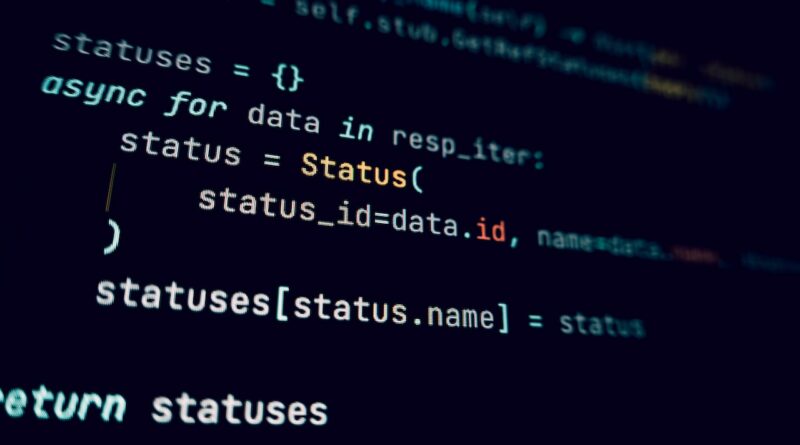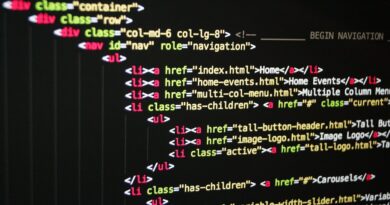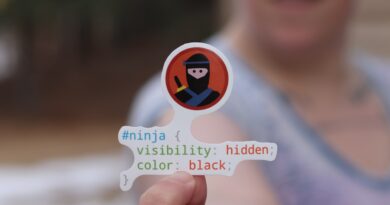The Fundamentals of Web Development | III: JavaScript
JavaScript
A Brief History of JavaScript
JavaScript is a programming language that was created in 1995 by Brendan Eich, who was working at the time for Netscape Communications Corporation. The original name of the language was Mocha, which was later changed to LiveScript, and finally to JavaScript. Despite its name, JavaScript has no direct relation to the Java programming language, although it shares some syntax and programming concepts.
Introduction to JavaScript
JavaScript is a dynamic, high-level programming language that is used to create interactive and dynamic web pages. With JavaScript, you can add interactivity, animation, and other advanced features to your web pages. JavaScript is often used in conjunction with HTML and CSS to create modern web applications.
JavaScript Syntax
JavaScript syntax is similar to other programming languages, with statements and expressions used to define logic and execute code. JavaScript statements are separated by semicolons, and blocks of code are enclosed in curly braces. Here’s an example of a simple JavaScript statement:
javascriptCopy codevar greeting = "Hello, world!";
This statement creates a variable called greeting and assigns it the value of “Hello, world!”.
Variables and Data Types
Like most programming languages, JavaScript supports variables and data types. Variables are used to store values that can be referenced and manipulated throughout your code. JavaScript supports several data types, including:
- Number: a numeric value
- String: a sequence of characters
- Boolean: true or false
- Null: represents an intentional absence of any object value
- Undefined: represents a variable that has not been assigned a value
- Object: a collection of properties and methods
Control Flow and Functions
JavaScript also supports control flow statements, such as if and for, that allow you to control the execution of your code based on certain conditions. JavaScript functions are also a powerful feature that allows you to encapsulate logic and reuse code throughout your application.
Most Important JavaScript Methods and Functions
Here are some of the most important JavaScript methods and functions that you should know:
alert(): displays an alert box with a messageconsole.log(): writes a message to the browser consoleprompt(): displays a dialog box that prompts the user for inputgetElementById(): retrieves an element from the DOM by its IDaddEventListener(): adds an event listener to an elementsetInterval(): calls a function repeatedly at specified intervalssetTimeout(): calls a function after a specified amount of timeMath.random(): generates a random number between 0 and 1Array.push(): adds an element to the end of an arrayString.length: returns the length of a string
JavaScript Frameworks and Libraries
JavaScript is a powerful language that can be used to create complex web applications. However, to make development faster and more efficient, many developers use JavaScript frameworks and libraries. Some popular frameworks and libraries include:
- React: a JavaScript library for building user interfaces
- Angular: a TypeScript-based web application framework
- Vue: a progressive JavaScript framework for building user interfaces
- jQuery: a fast, small, and feature-rich JavaScript library
- Node.js: a JavaScript runtime built on Chrome’s V8 JavaScript engine



